Few cars have proved as influential car as the Austin Seven. Although many cars have been produced in far greater numbers, the humble, small Seven made motoring accessible and it set the ground rules for the modern control layout.
However, that is far from the end of how the little Austin changed the automotive landscape. For starters, it saved the company from bankruptcy, saw off the burgeoning cyclecar category, and helped kickstart a host of other brands such as BMW with the Dixi, Nissan, and Swallow that went on to become SS and then Jaguar.
In the immediate post-war period, the Seven provided the base for a host of sports car specials that planted the seeds of Lotus and McLaren among others. To cap it all, the Seven also formed the basis of the 750 Motor Club that is still one of the pillars of low-cost motorsport in the UK.
All of this came from the unlikely design alliance of Sir Herbert Austin and a young draughtsman called Stanley Edge. Working in Sir Austin’s billiards room – because this project was funded with his own money rather than the company’s – Austin and Edge came up with the small four-seat car we’re familiar with today.
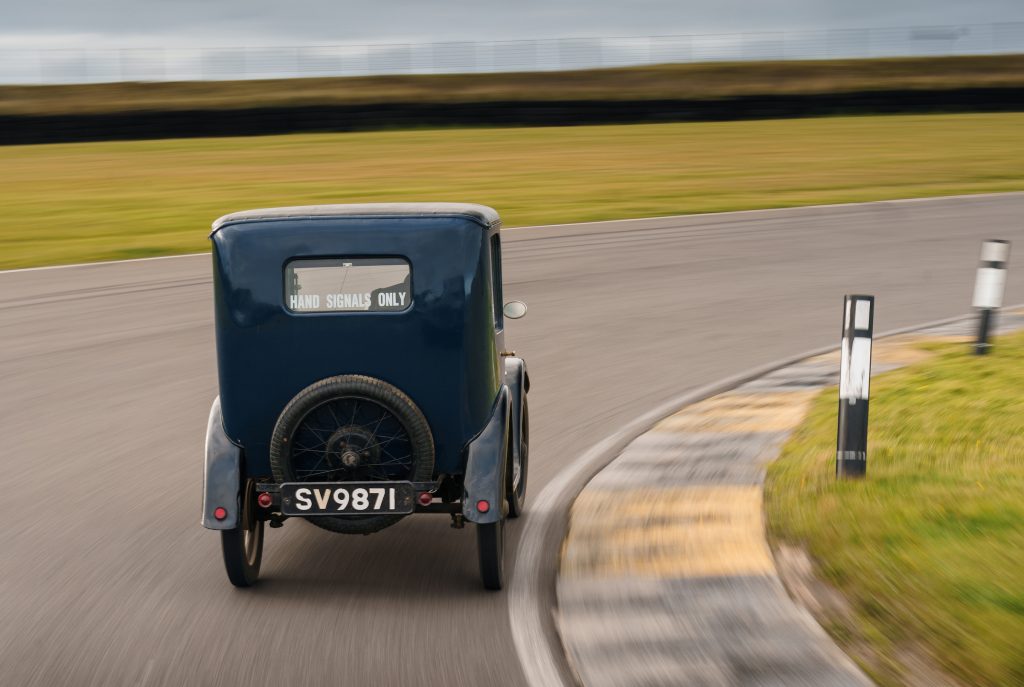
Rather than follow the trend for cyclecars at this time, which generally used motorcycle engines and wheels, the Seven was a scaled-down large car in the mould of what Austin was already building. The clever part of this was the new Seven would sit in a much lower bracket for the newly introduced Horsepower Tax that was penalising Austin’s existing models so heavily.
Launched in 1922, the Austin Seven clearly took a great deal of its inspiration from the Baby Peugeot model of the time with its A-frame chassis and similar suspension design. Edge also designed the 696cc engine, though he adapted the cylinder head from one designed by Sir Harry Ricardo in 1921. All of this was down to expediency and shows how determined Sir Herbert Austin was to get his new car into production and earning money for the company.
Shortly after it went on sale, Austin increased the engine’s capacity to 747cc, which increased power to 7.8bhp from 7.2 under the RAC’s rating system of the time. A three-speed gearbox was standard fare until 1932 when a four-speeder took over. However, right from the start, the Seven came with four-wheel brakes, which was very unusual for a small car in the 1920s.
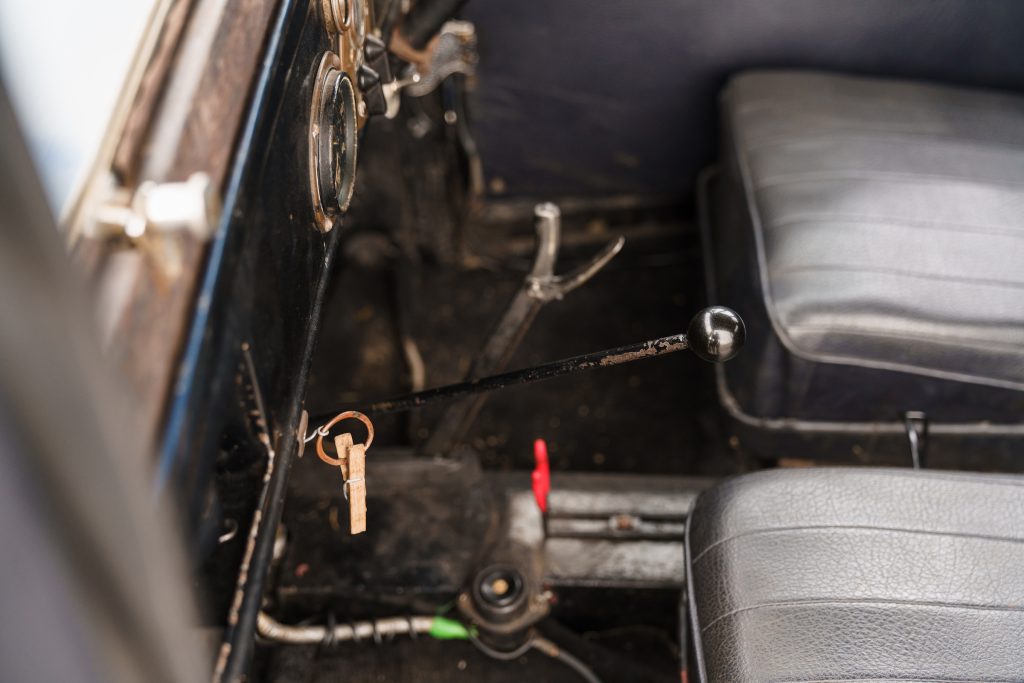
To begin with, the Seven’s headlights were mounted on the scuttle, before being relocated either side of the radiator in 1928. By the turn of the decade, Austin had built more than 100,000 Sevens, but the company was far from finished with developing its small car in the 1930s. Although not a quick car, the first factory two-seat Seven model arrived in 1929, and more debuted as the ’30s continued. This saw the famous names join the Seven line-up such as Ulster, Sports, Nippy, and Grasshopper. At the other end of the scale, Austin also sold a Seven van.
By 1934, the original style of Seven was looking long in the tooth, so Austin revised its small car with a more streamlined looking body for the Ruby model. It also came with a revised chassis and more interior room to keep on terms with rivals such as the Morris Eight and Ford Model Y.
Austin also offered the Big Seven in 1937, which lived up to its name by coming with four doors instead of two and was 6.5 inches (16.5cm) longer than the Ruby. The Big Seven came with a 900cc engine, and around 20,000 were made up to 1939. By this time, 290,000 Sevens had rolled off the production line to make it a huge success and give us one of the most endearing, enjoyable pre-war cars you could hope to own.
What’s a Seven like to drive?
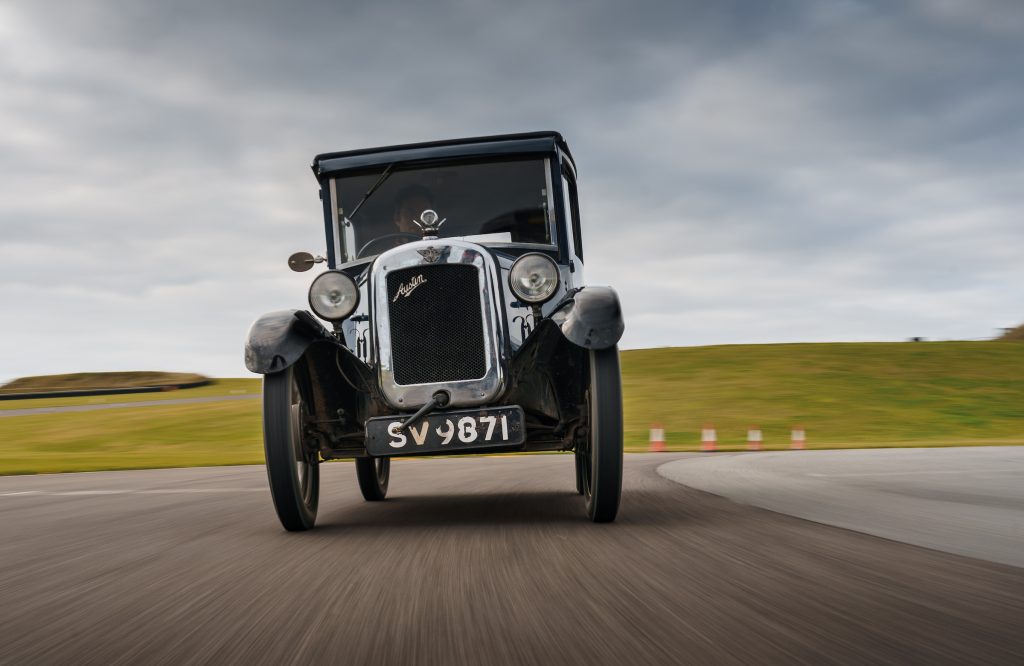
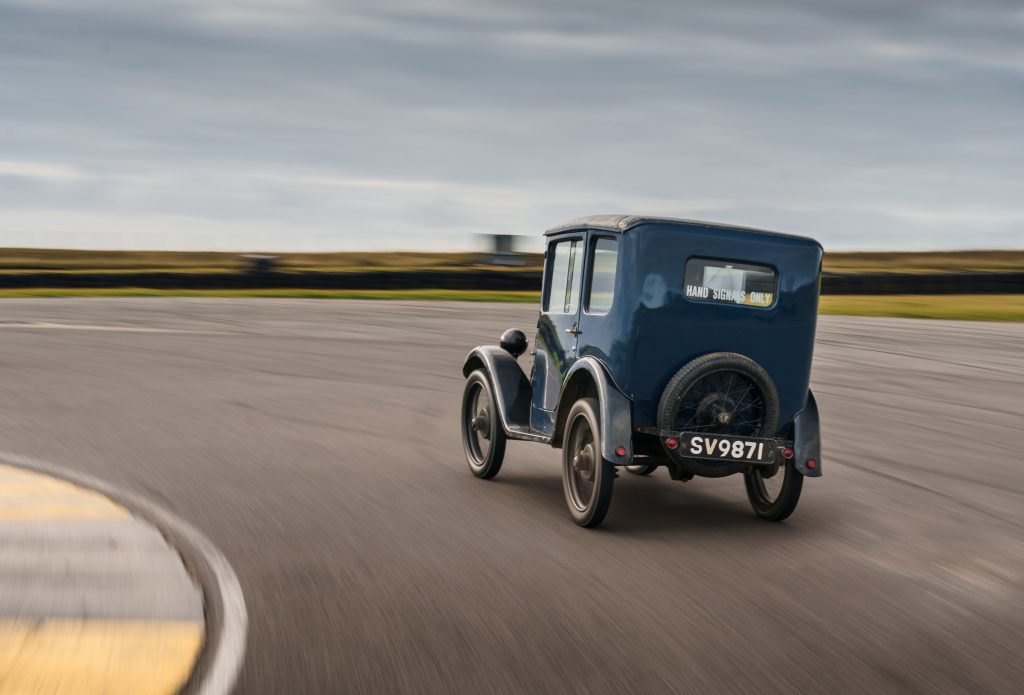
Minimalist is a good way to describe an early Austin Seven and how it drives. Your first job is to start the engine using the crank handle, making sure to avoid the handle whacking your hand when the engine catches. The 747cc four-cylinder engine is smooth for its time and happy to whirr away.
Austin arranged the foot pedals in a way that will be familiar to all modern drivers, and the controls are light. However, the pedals need careful moderation to avoid jerky progress as they have precious little travel. Master this and the reversed H-pattern of the early three-speed gearbox, which has an easy, light shift once you’ve got used to double de-clutching, and you can happily drive a Seven on the road.
You could never say the Seven is quick, or even brisk, but it has more enthusiasm than many cars of the 1920s. Light, quick-acting steering is a blessing as you need to use it a lot even when travelling in a straight line to account for somewhat busy suspension movements. However, with a flat-out speed of around 35mph in early cars (they got quicker over time), you’re never in much peril and the experience is one to savour.
Step from an early Seven into the later Ruby and you really notice the changes made in 12 years of production. Instantly, you’ll note the roomier cabin, plusher fittings… and not having to leave the driver’s seat to fire up the engine. It also has a four-speed manual gearbox with a modern-style H-gate layout. If you want an easier time the Ruby’s more conventional control actions could be just the ticket; earlier 1920s models will appeal to those with a sense of adventure. On the move, the Ruby is quieter, better over bumpy roads, and more comfortable, making it a car you could use every day during summer months.
How much does a Seven cost?
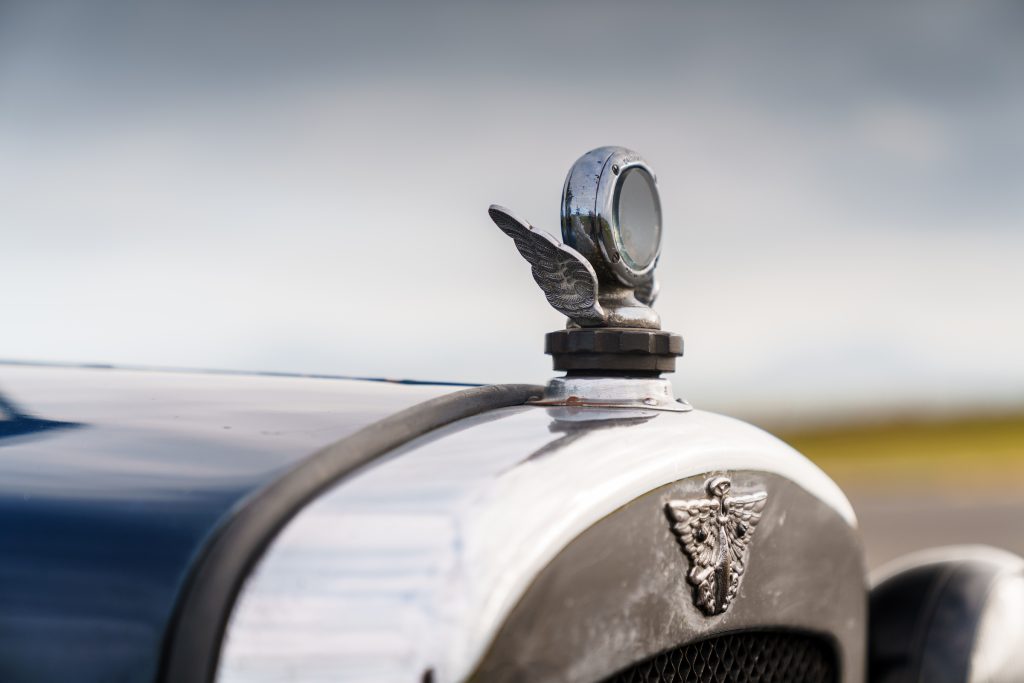
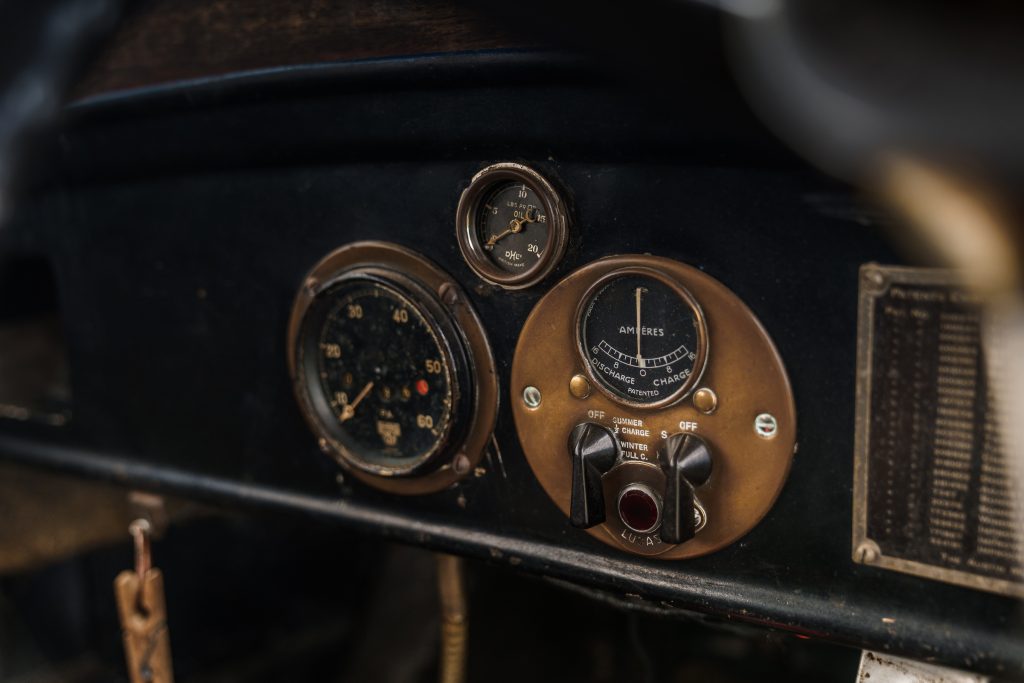
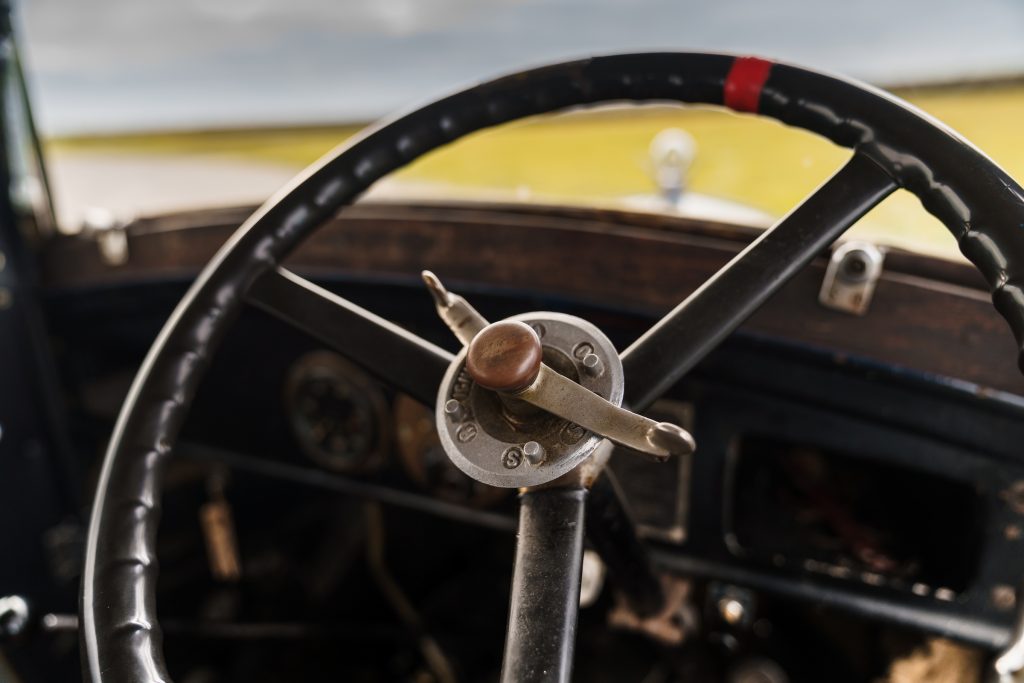
The entry ticket to a usable Seven costs an average of £6000, which will get you a Ruby or later box saloon in working condition that will provide plenty of fun while you improve it. Plenty of owners stick with the patinated, ‘oily rag’ look and it suits the Seven if you just want to get out and drive it.
Smarter standard saloon models of all ages begin at around £8500, which will see you into a very presentable car that only needs some minor jobs to bring it up to a high standard. If you’d rather have one with all the work done, a superb Ruby costs up to £12,000, while the more desirable early models can see prices rise to as much as £20,000.
Open-top Sevens tend to fetch a little more than saloons, while the sporting two-seat models are further up the price scale. An immaculate, original Ulster will come in at £30,000, while a race-prepared car or one with period motorsport history can easily cost more. A more affordable alternative is the Nippy Sports, which costs up to £20,000 for superb examples. Or you could look at the plethora of one-off specials, which range from the rough and ready at £7500 to the sublime at £35,000.
What goes wrong and what should you look for?
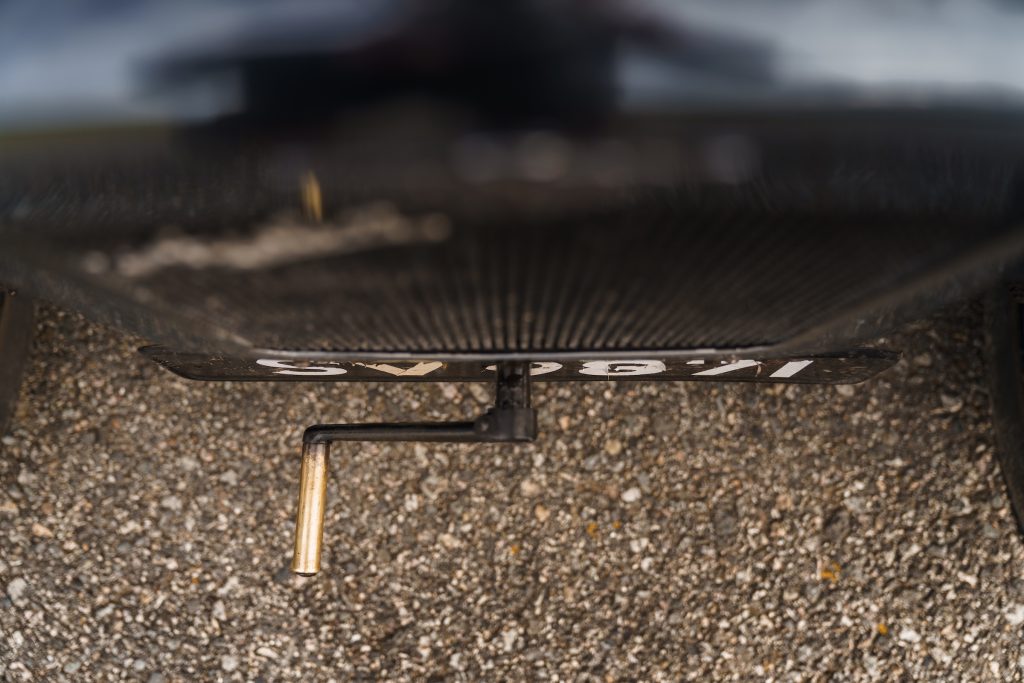
There are two bits of good news with the Austin Seven when looking to buy one. First, they are simple to work on, and secondly, parts availability is superb. That makes it much easier and less daunting for anyone who’s dipping a toe into the pre-war market for the first time.
When checking a Seven over, the bodywork is the first place to start. Regardless of the body style, all Sevens will have a wooden frame with steel, aluminium, fabric or wood attached over it. Repairing the outer material is straightforward, but you need to squeeze all around the door frames, door opening, wheelarches and anywhere else you can get your hands to. If you feel any give when you press, the wooden frame underneath is likely to be rotten and needs to be replaced to maintain the body’s strength and shape. Many Seven saloons have a sliding sunroof fitted, so also check it sits squarely and seals when closed.
The metal wings of the Seven are robust, but they will rust. Repairs are well within the realm of the confident home welder and panel beater, or you can find new ones for around £600 a pair. The steel chassis corrodes too, but it’s easy to inspect from underneath the car, so any rot should be obvious, and it’s also simple to put right. While poking about the body, check it matches the chassis and engine for the age and model of Seven you’re looking at. Parts-bin pick’n’mix was common practice over the years, so if you want a genuine, all-original car it pays to do your homework. If you’re not sure, the Austin Seven Clubs Association can help you identify the car.
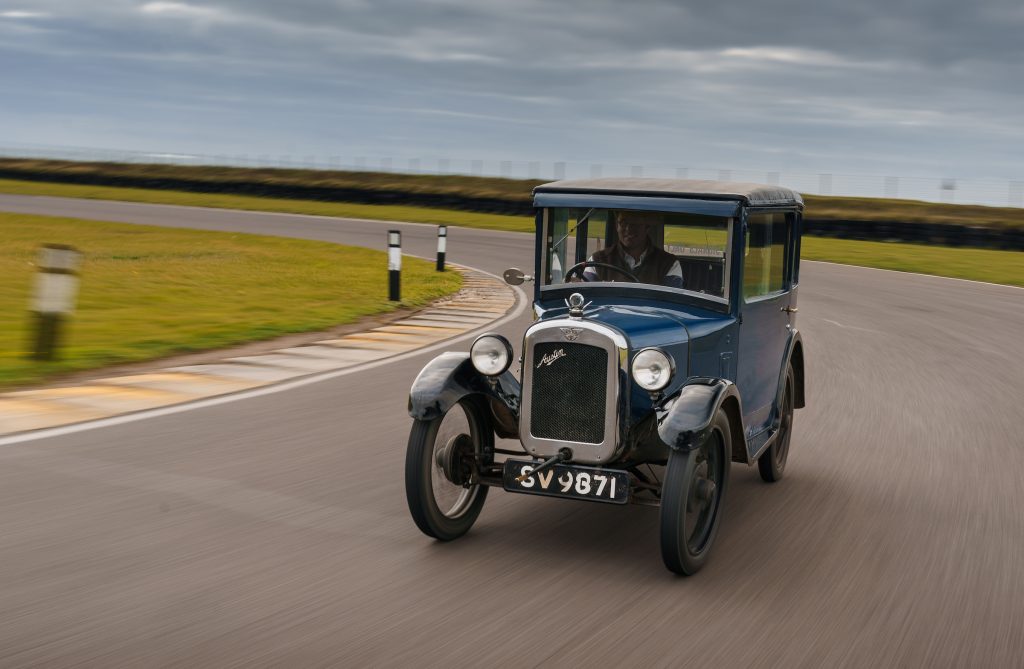
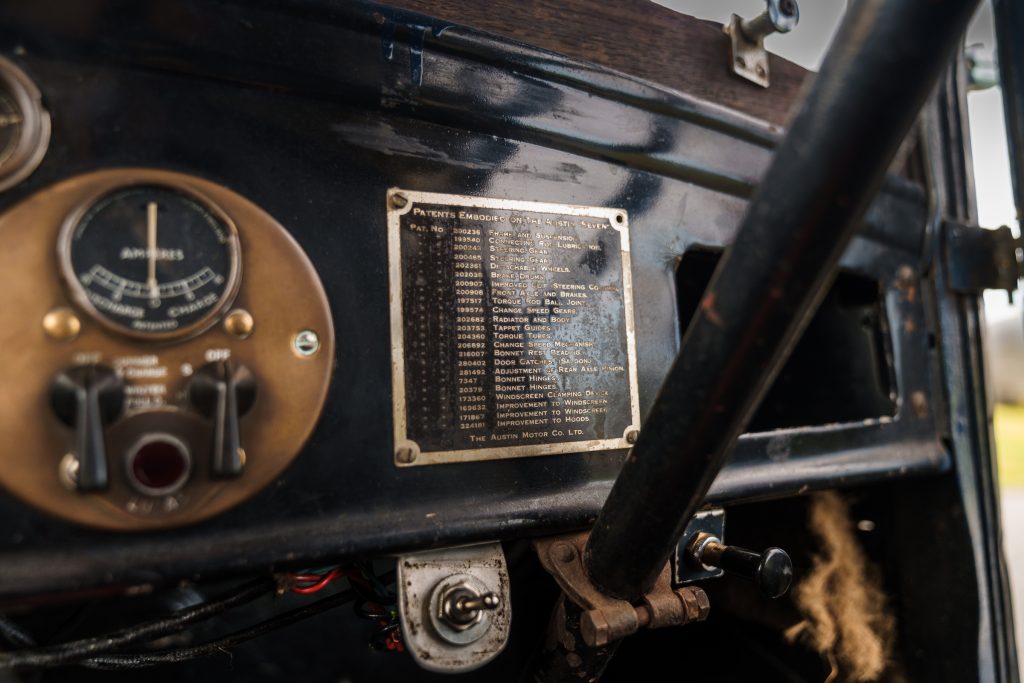
After the body and chassis, it’s time to nose under the bonnet. Seven motors are honest little things, but smoking usually suggests a rebuild is needed. Any rumbling from the bottom of the engine, particularly on cars from 1936-on, points to a worn crankshaft. This needn’t spell the end of the car as rebuilds are easy.
On the test drive, check the lever doesn’t jump out of gear. The synchromesh was never that good when new, so don’t wince at the occasional crunch! The suspension, steering, and brake mechanisms all require regular maintenance to keep them in good order, so expect some play in all of them and account for a bit of remedial work in the price you pay.
Earlier cars have very little in the way of instrumentation, and even the Ruby makes do with a simple dash panel in front of the steering wheel. However, the Ruby does have a wooden dash, so satisfy yourself that it’s in decent shape. You also need to check the seats are not collapsing, the windscreen in saloons opens to provide some welcome ventilation, and check the electrics are working. A lot of Seven owners upgrade to LED bulbs in the headlights to improve the weak original illumination and make the car more visible on dark roads. Indicators and a discreet third brake light are sensible improvements, particularly if they’ve been suitably hidden.
Which is the right Seven for you?
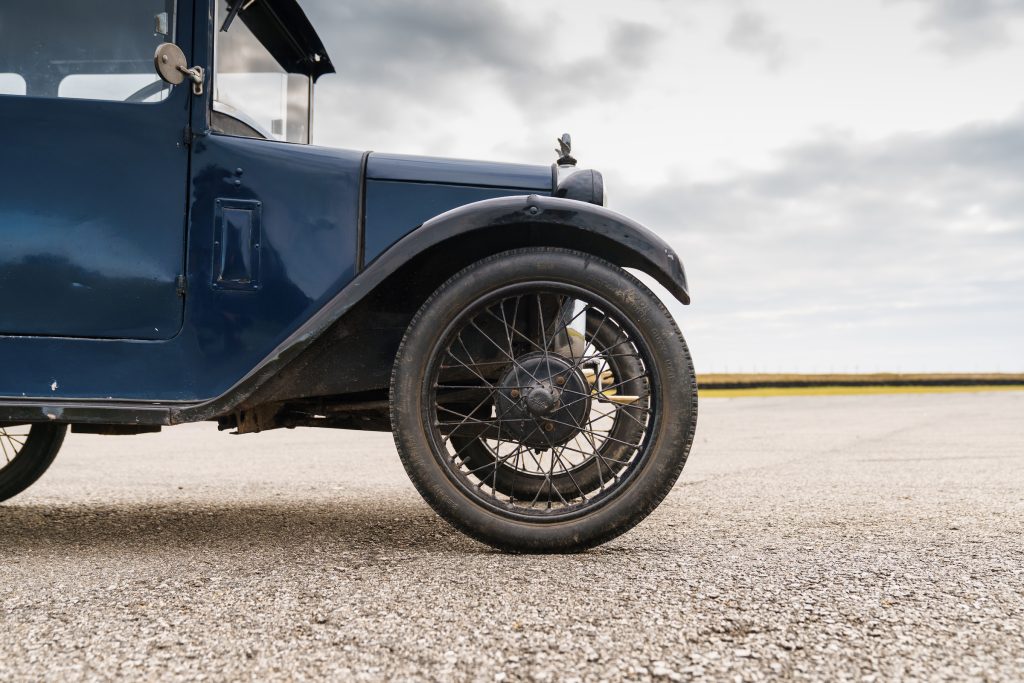
If you are new to the pre-war car scene, the Austin Seven is the perfect welcome – just ask the younger members of the Vintage Sports Car Club. As well as being one of the most affordable pre-war cars around, there are plenty of Sevens to choose from and excellent support from established specialists. You’ll not struggle to find events for Sevens either, from traditional car shows to trials and racing.
The 1934-on Ruby presents the easiest way into Seven ownership. It’s cheaper to buy than its bluff-fronted predecessor, and it’s simpler to get to grips with driving it as the gearbox’s shift is laid out in a more familiar manner. A Ruby saloon or Pearl cabriolet will take you and three passengers along A roads at a reasonable pace, and you should be able to maintain it at home for all but the big jobs.
The earlier and original style of Seven, made from 1922 to 1933, remains appealing. Whether you prefer the Box saloon or open-top Chummy is down to you, but both are engaging to drive once you get used to the low power and reverse pattern gear shift. Two-seat models are a bit quicker, and owners often tweak them for more power still, so they are a lot of fun so long as you’re happy with the cramped cockpit.
There are countless specials based on the Austin Seven, and more appear every year as people create new ones to compete in or enjoy on the road. A well built special is a thing of joy, but you have to be convinced it’s been put together properly as well as fitting in with your intended use.
Read more
Austin Seven: Power to the people, 100 years on
Cars That Time Forgot: American Austin
2023 UK Bull Market List: 10 collectable cars primed to take off this year



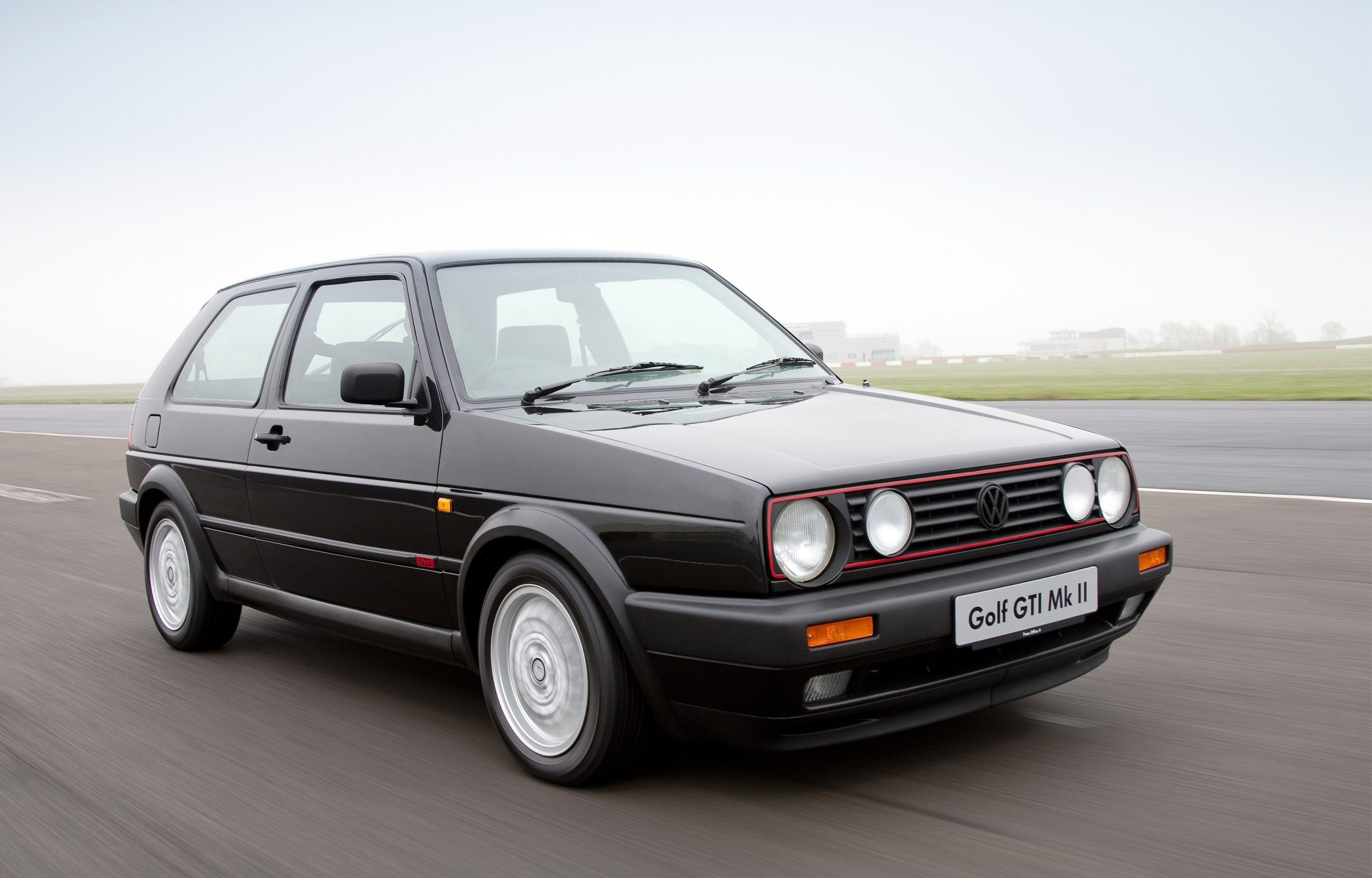





Hi someone has just offered my dad £800 for his Austin Ruby, which is ceased up having been sat in the garage for at least 35 years. None of us is mechanically skilled. Is that a reasonable price? Thanks
Hello, did you sell the ruby 7 you had? £800 sounds low but would need to see it, Many thanks mat